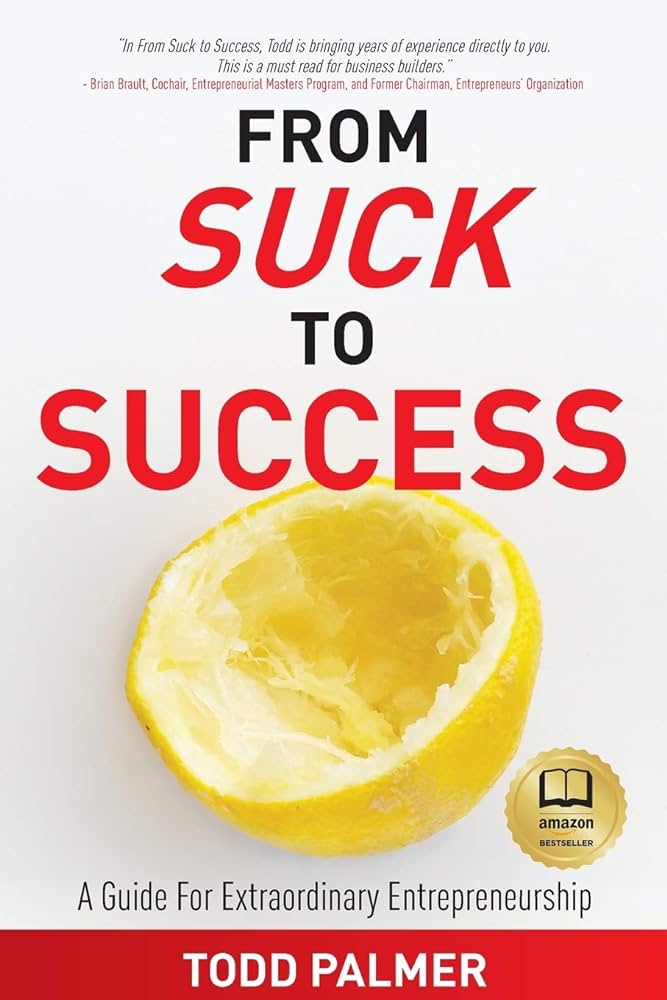When we lead a team, it’s critical that we create space to have crucial conversations with each person. In this space, we find mutual respect and help each other move forward. Our ultimate goal as a business owner is growth. We can’t get there alone. People are part of the package. We lead people in one of three ways depending on what’s needed –
- Tell it
- Sell it
- Collaborate
We tend to end up with our personal hammer, thinking everything is a nail. If we’re good at selling, we lean on our ability to be persuasive. If we’re people-pleasers, we tend to lean more into the camp of collaboration so that we’re never on the hook and people can’t be mad at us. And if we’re not good at either of those, we become a “my way or the highway” leader, telling everyone what to do.
We need all three, and we need to know when to use which.
My hammer is to “Tell it.”
Let me explain.
My daughter and I have an agreement. She starts her homework at 4 p.m., which is enough time to come in, decompress, get after it, and finish before dinner. My job as her parent is to trust that she started at 4 p.m. but verify it. So, at dinner, I asked if she had started her homework. I discovered that she had not.
“It’s 6:30 p.m. Help me understand why you haven’t started your homework yet. Our agreement is that you’ll start at 4 p.m.”
“Well, I just couldn’t get started.”
I had a long day and zero patience. “Your mother and I will clean up dinner. Just go start your homework.”
She goes downstairs while her mother and I clean up the kitchen. Thirty minutes later, I checked on her. She’s sitting on her bed on her phone.
“Is your homework done?”
“No, it isn’t. I can’t start. I’m sorry.”
I went completely 1975 Midwestern Parent on her. “You have one job. Your only responsibility is to get your homework done. So just start.”
“Do you think I don’t want to do my homework?”
“That’s exactly what I think.”
We ended up exacerbated and had gotten nowhere. I retreated to my office and closed the door, frustrated and angry with myself for losing my temper.
Then my phone starts to buzz—one notification after another.
It’s messages from my daughter. There are links to YouTube videos. Each one shows how an ADHD brain works. One side talks to the other, spiraling about all the things that could be or could happen, but then nothing actually gets done.
If I had actively listened and been curious about why she couldn’t get started on her homework, she would have shared with me faster and calmer that she believes she has ADHD and needs medicine to help her focus. We eventually got there, but not without anxiety, pain, and frustration. Why? Because I was trying just to TELL her to get it done without understanding WHY she couldn’t get started.
Not every problem is a nail that can solved with a hammer.
I have a client. She needed to tell her team they couldn’t hire that employee she initially promised because they couldn’t afford it financially. But if she had just told them, they would have been up in arms with feelings of betrayal. This CEO gives and takes! What the hell!?
So first, she showed them the numbers. Here’s what’s changed, and here’s where we are. Then, she mirrored to them all the worries they voiced, validating why they felt that way. After asking questions and giving space to the room to voice ideas and concerns, she came through and told them what was going to happen based on what she heard –
“Because we don’t have a strong pipeline and a full three months of runway, we’re not financially stable right now to take a risk in hiring a full-time person. Given that this person takes months to find let’s work the pipeline and search for this person in parallel. We’re looking at a sixty-day crunch with the current team, so what do we need to do to bridge the gap right now?”
Using collaboration to start the conversation and create a psychologically safe space with mirroring and validation, they were more open to the reality and the solution.
She wasn’t going to budge. As a CEO, she knew what the company needed to be stable, and she held true to this through a crucial conversation to find a collaborative solution.
Sometimes, you do just need to tell people what to do and hold them accountable.
After that fight with my daughter, I went to my fiancée and said, our daughter needs medication for her ADHD. My partner pushed back with the stigma of why she hadn’t gotten it done. I mirrored back her feelings and validated why she felt that way, then said this needed to happen by the end of the week, and I would check in with her each day to see what was happening.
The appointment was made, my daughter was properly diagnosed, and within a month, she had the medication she’d needed for years. Today, as a high school freshman, she gets all As and Bs and no longer has late or missing homework assignments.
What we say and how we say it matters. We can’t have a business or family without crucial conversations, and there are different approaches to navigating, moving people through, and growing the business collectively.
Here’s to your next crucial conversation. You got this.




